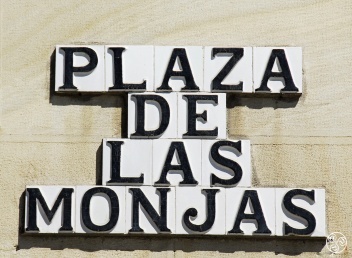Built over uneven ground, the church is a magnificent display of masonry. The oldest parts, both Gothic in style, are the head and the transept. The three naves have Doric columns and Renaissance semicircular arches. Its tower, with a quadrangular plan and four semicircular arches to house the bells, becomes octagonal on the second level. Inside, two impressive eighteenth-century pulpits are preserved, as well as a baptismal font from the sixteenth century. Its portals are simple in structure but of great ornamental interest; the main one, from the seventeenth century, opens with a semicircular arch, between Ionic columns, geometrically decorated with rhombuses in the Mannerist style. In the centre, a niche houses a sculpture of the Inmaculada Concepción. It has two other covers, both with a semicircular arch; the north, from 1570, with careful flamingos at the ends of the cornice, which is attributed to Francisco del Castillo “el Mozo” and his brother Benito; and the south, dated 1620. Located on Avenida de la Virgen del Cuadro.

